With autumn looming on the horizon—its brisk air, changing leaves, and cozy rhythm—it’s the perfect time to pause and rethink our routines. And that includes caring for our teeth.
Establishing a sustainable oral care routine not only keeps your smile healthy but also helps reduce waste and environmental impact. Below is a simple, step-by-step guide to help you green your daily dental care.
🌍 Why Sustainability Matters in Oral Care
Before diving into the “how,” it’s worth understanding why sustainability in oral health matters:
-
Traditional oral care products like plastic toothbrushes, nylon floss, and toothpaste tubes create significant plastic waste and microplastic pollution.
-
Many “biodegradable” claims are misleading—parts of a toothbrush may degrade, while others require industrial composting.
-
Consumer awareness is increasing, but obstacles like cost, availability, and concerns about product effectiveness remain.
-
Oral health and overall health are deeply connected—maintaining a balanced oral care routine helps prevent gum disease, infections, and even systemic inflammation.
✨ In short, choosing products and habits that are both effective and kind to the planet is a choice worth making.
🦷 1. Start with the Basics: Brushing, Flossing, and Routine Dental Care
Even the most eco-friendly products won’t make a difference unless the fundamentals are in place:
-
Brush twice daily for about two minutes each time using a soft-bristle brush and fluoride toothpaste.
-
Floss (or use interdental aids) daily—brushing alone can’t reach between teeth.
-
Visit your dentist or hygienist every six months for checkups and cleanings, or as advised based on your oral health.
Once these basics are consistent, you can build in sustainable swaps.
🌱 2. Choose Greener Tools
Here’s how to make eco-conscious adjustments to your oral care lineup:
a) Toothbrushes
-
Bamboo or compostable handles – Biodegradable toothbrushes often use bamboo or plant-based handles that can be composted after removing nylon bristles.
-
Replaceable heads – Some electric or modular toothbrushes let you keep the handle and replace only the brush head, reducing waste.
-
Recycling programs – Certain brands collect used brush heads and handles through mail-back programs.
⚠️ Note: “Biodegradable” doesn’t always mean suitable for home composting—some materials require industrial composting conditions.
b) Toothpaste, Powders, and Tablets
-
Low-waste packaging – Look for toothpaste in glass jars, aluminum tubes, or recyclable containers.
-
Dry or solid options – Toothpaste tablets and powders minimize packaging and water use.
-
Clean ingredients – Choose formulas with natural abrasives and fewer synthetic additives while maintaining fluoride content for cavity protection.
c) Floss and Interdental Devices
-
Biodegradable floss – Made from silk or plant fibers and coated with natural waxes.
-
Water flossers – Use a stream of water to clean between teeth, cutting down on disposable floss waste.
-
Interdental brushes – Reusable or made with metal or biodegradable materials instead of plastic.
💧 3. Be Mindful of Water and Energy Use
Small changes can have a big impact:
-
Turn off the tap while brushing—this can save up to 12 liters of water per session.
-
Use rechargeable electric toothbrushes rather than single-use battery-powered ones.
-
Rinse with cold water when possible.
-
Avoid over-rinsing after brushing to allow fluoride to protect teeth longer.
🔁 4. Proper Disposal and Repurposing
Even eco-friendly products need proper end-of-life handling:
-
Separate components – Remove nylon bristles before composting bamboo brush handles.
-
Recycle packaging – Check whether local recycling accepts toothpaste tubes and boxes.
-
Upcycle old brushes – Perfect for cleaning small crevices or as craft tools.
-
Use take-back programs – Some brands accept used brush heads and floss containers for recycling.
🍁 5. Seasonal and Fall-Specific Tips
Fall brings its own oral care challenges and opportunities:
-
Dry air – Indoor heating can dry out your mouth. Stay hydrated and choose alcohol-free mouthwash.
-
Diet changes – Autumn treats and hot drinks often mean more sugar and acid. Rinse with water or chew sugar-free gum afterward.
-
Evening habits – Shorter days can make you feel tired earlier. Set a reminder to stick to your evening brushing routine.
-
Composting – If you’re composting bamboo handles or packaging, keep your compost aerated and balanced to help materials break down effectively.
⚖️ 6. Challenges and Limitations
A completely “zero-waste” oral care routine isn’t always possible:
-
Some eco-friendly products are pricier or less accessible.
-
Certain “biodegradable” items still require industrial conditions to decompose properly.
-
Your dentist may recommend less-sustainable tools for specific dental needs—balance practicality with sustainability.
🌼 Final Thoughts
Transitioning to a sustainable oral care routine doesn’t need to happen overnight. Start small—swap one item at a time.
Even minor changes, like turning off the tap or choosing recyclable packaging, can make a lasting difference.
A healthier mouth and a healthier planet can absolutely go hand in hand. 🌎✨
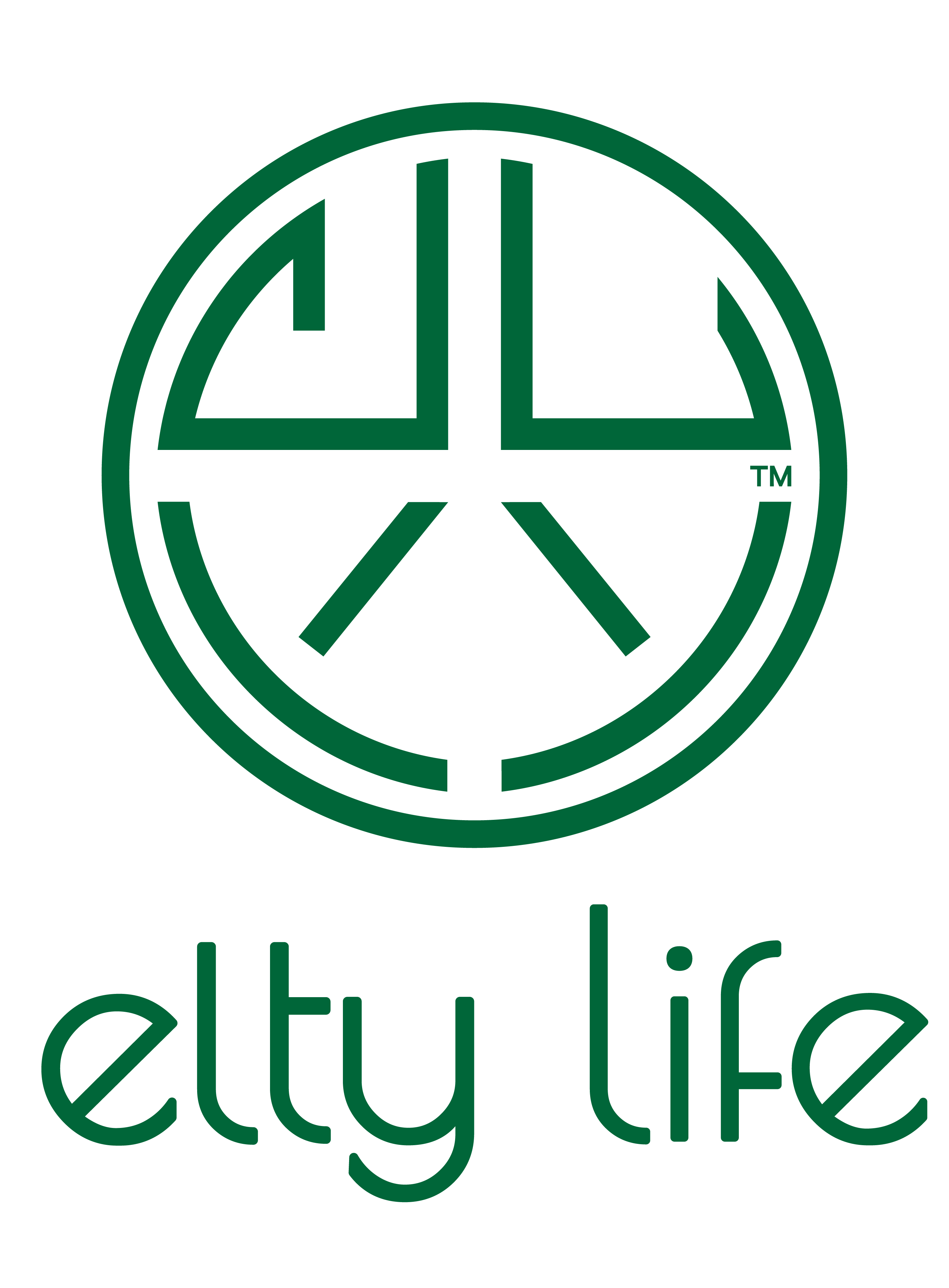
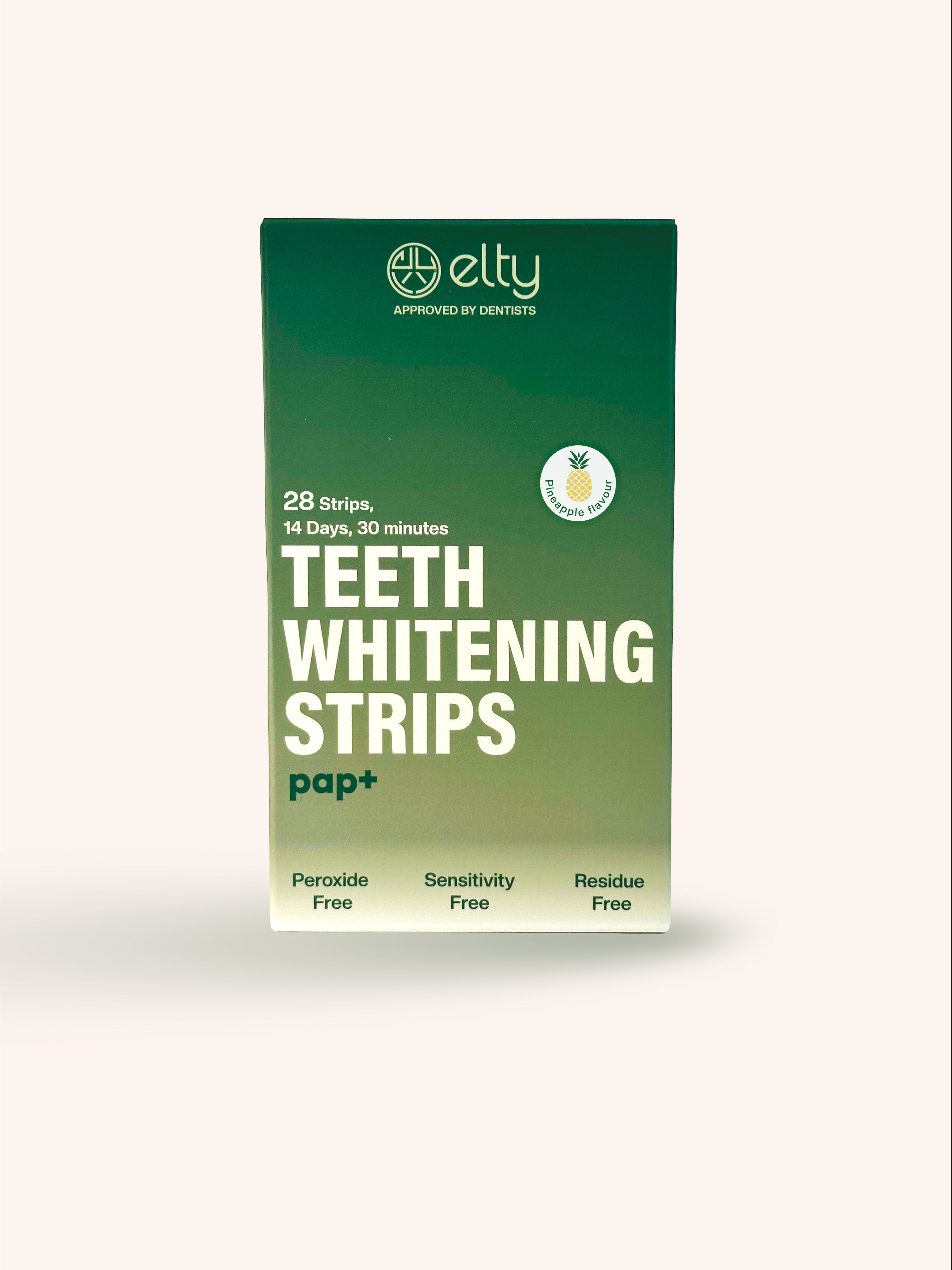



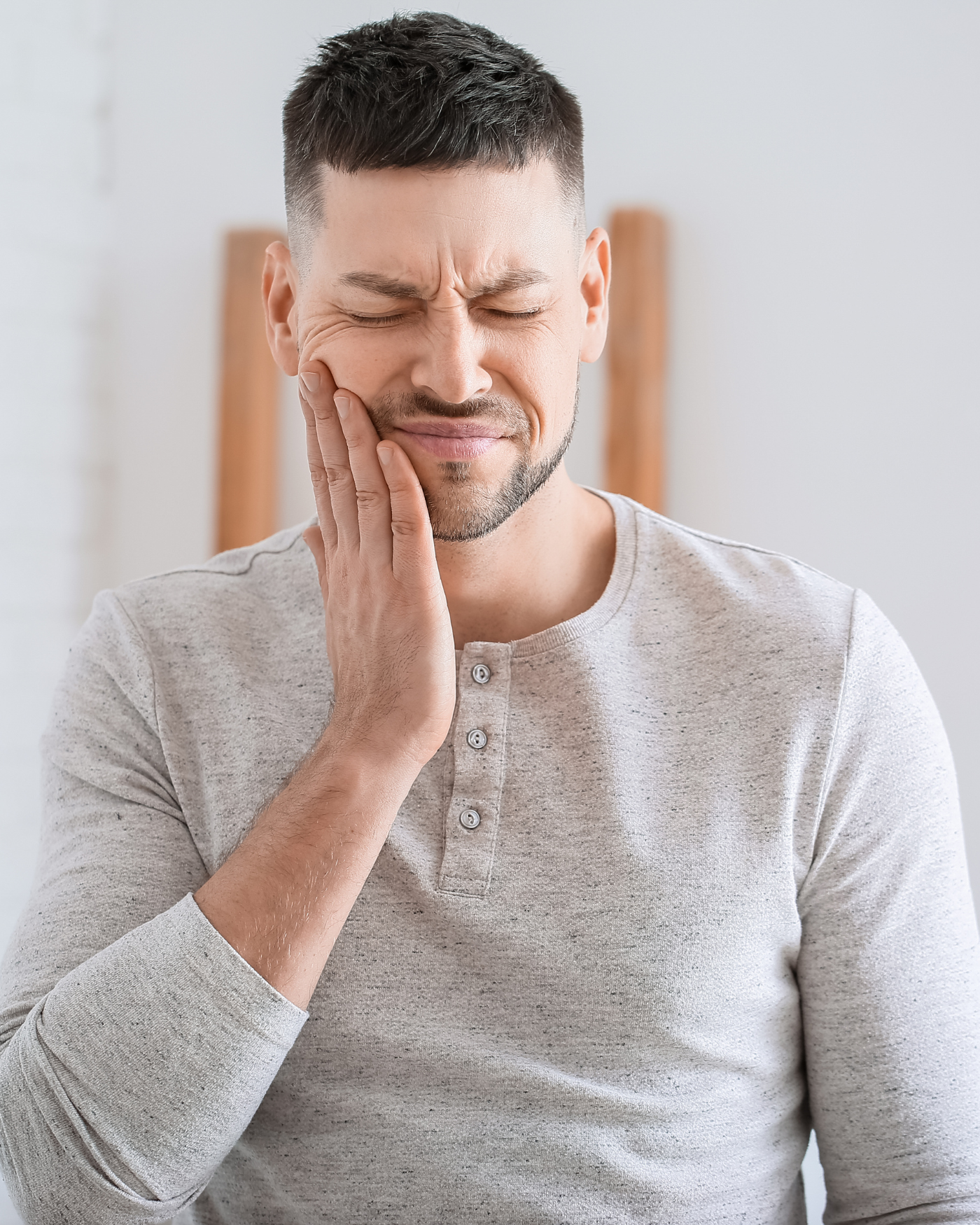
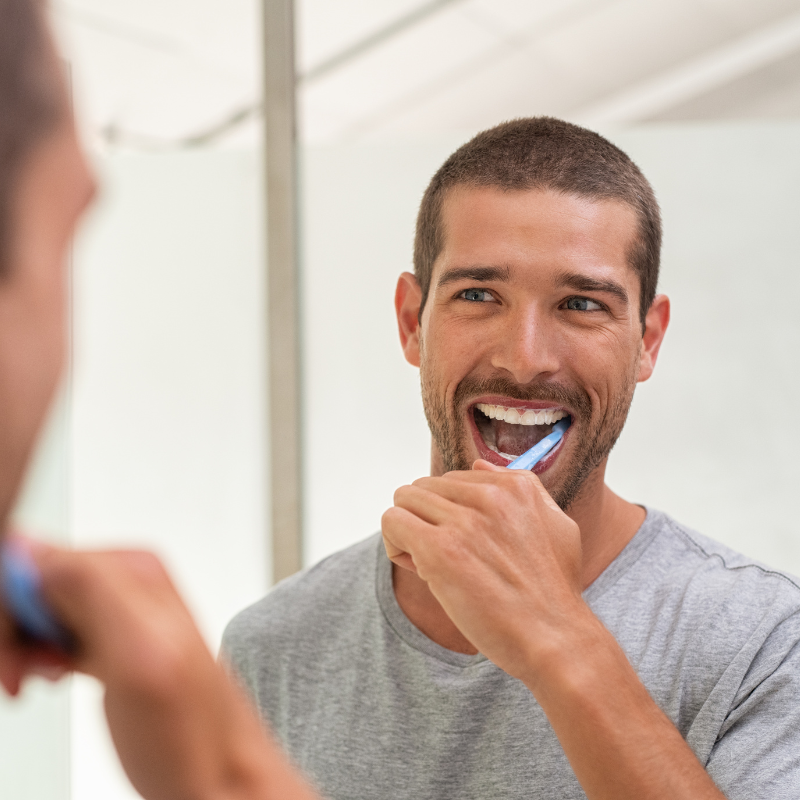
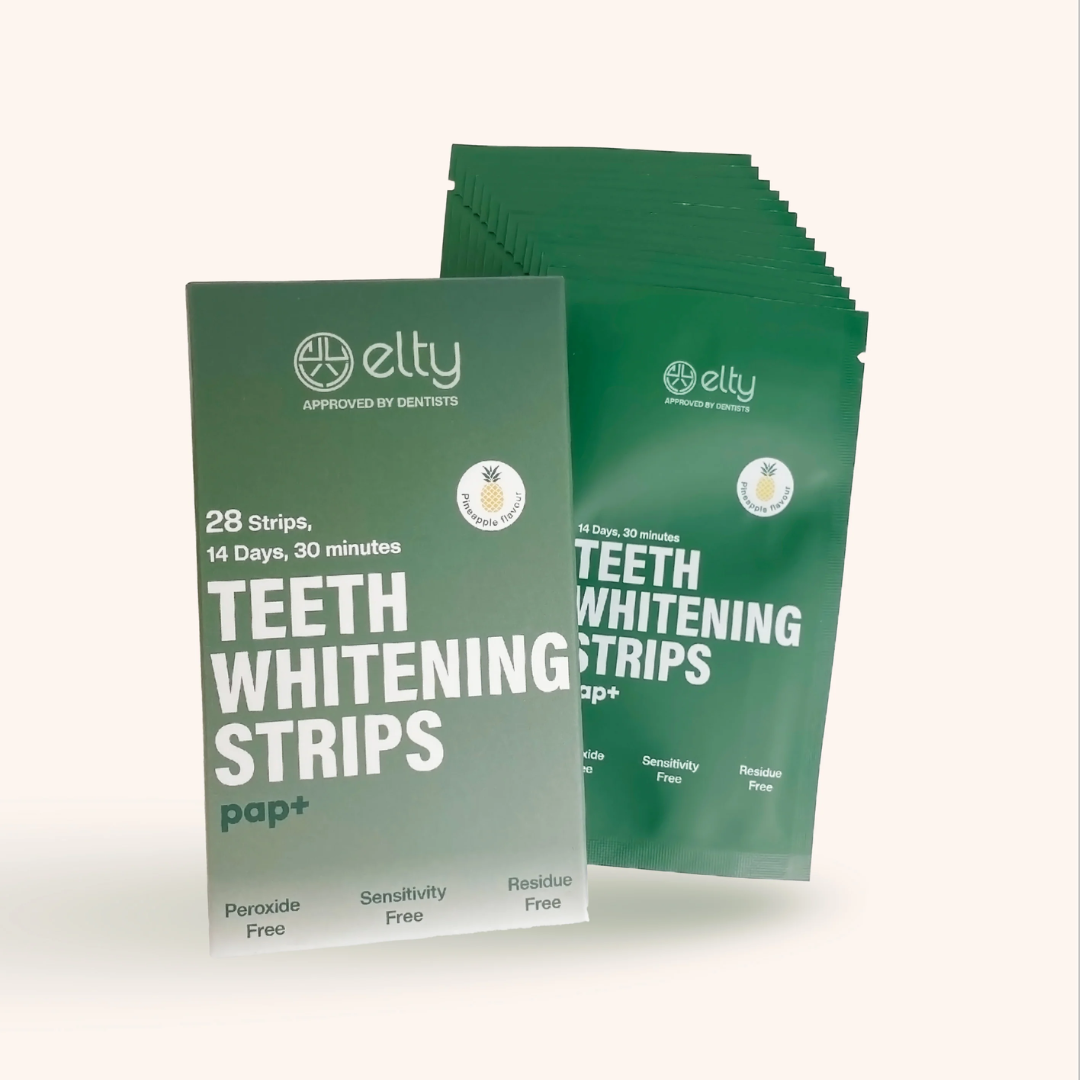

Leave a comment
This site is protected by hCaptcha and the hCaptcha Privacy Policy and Terms of Service apply.